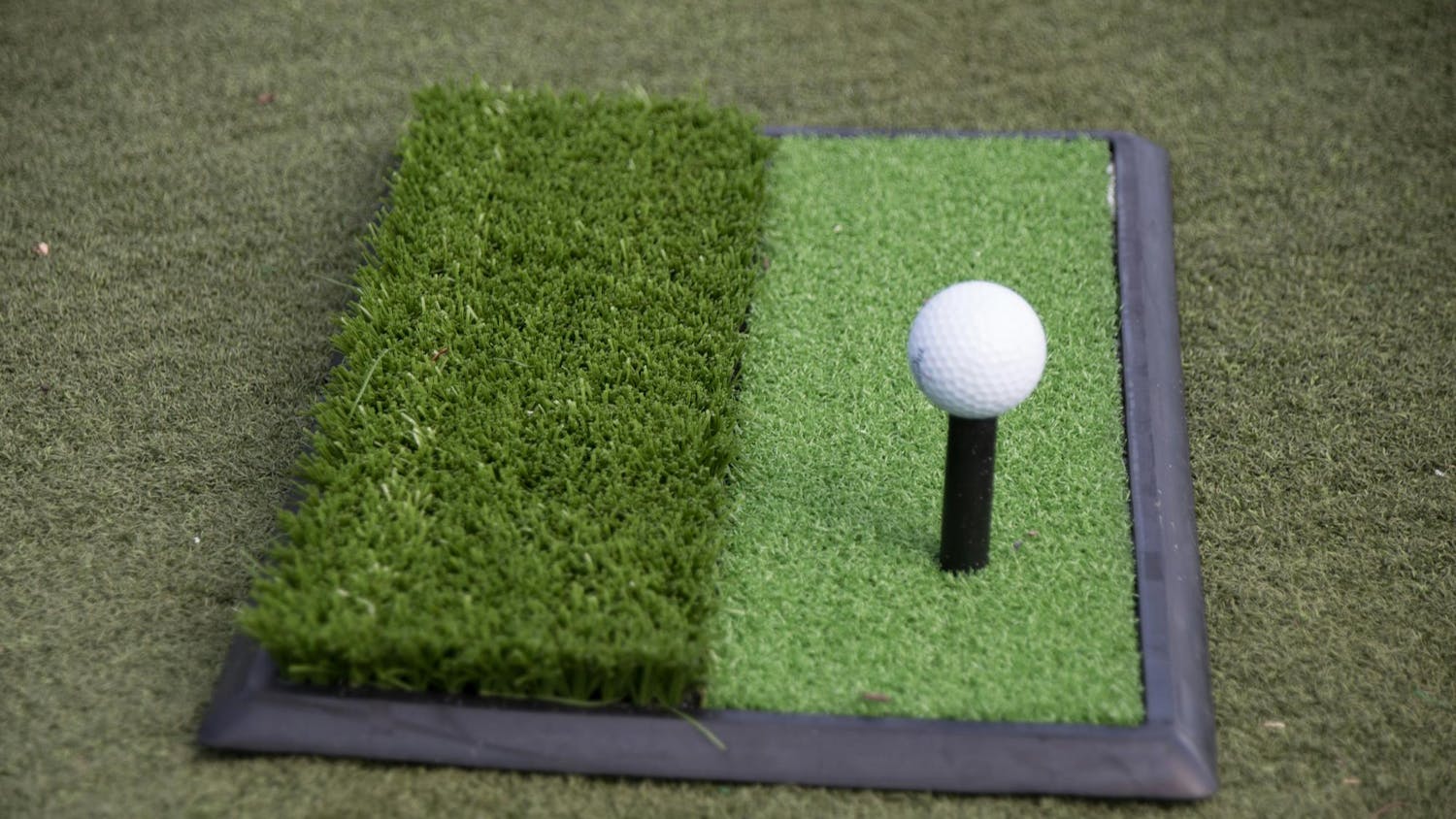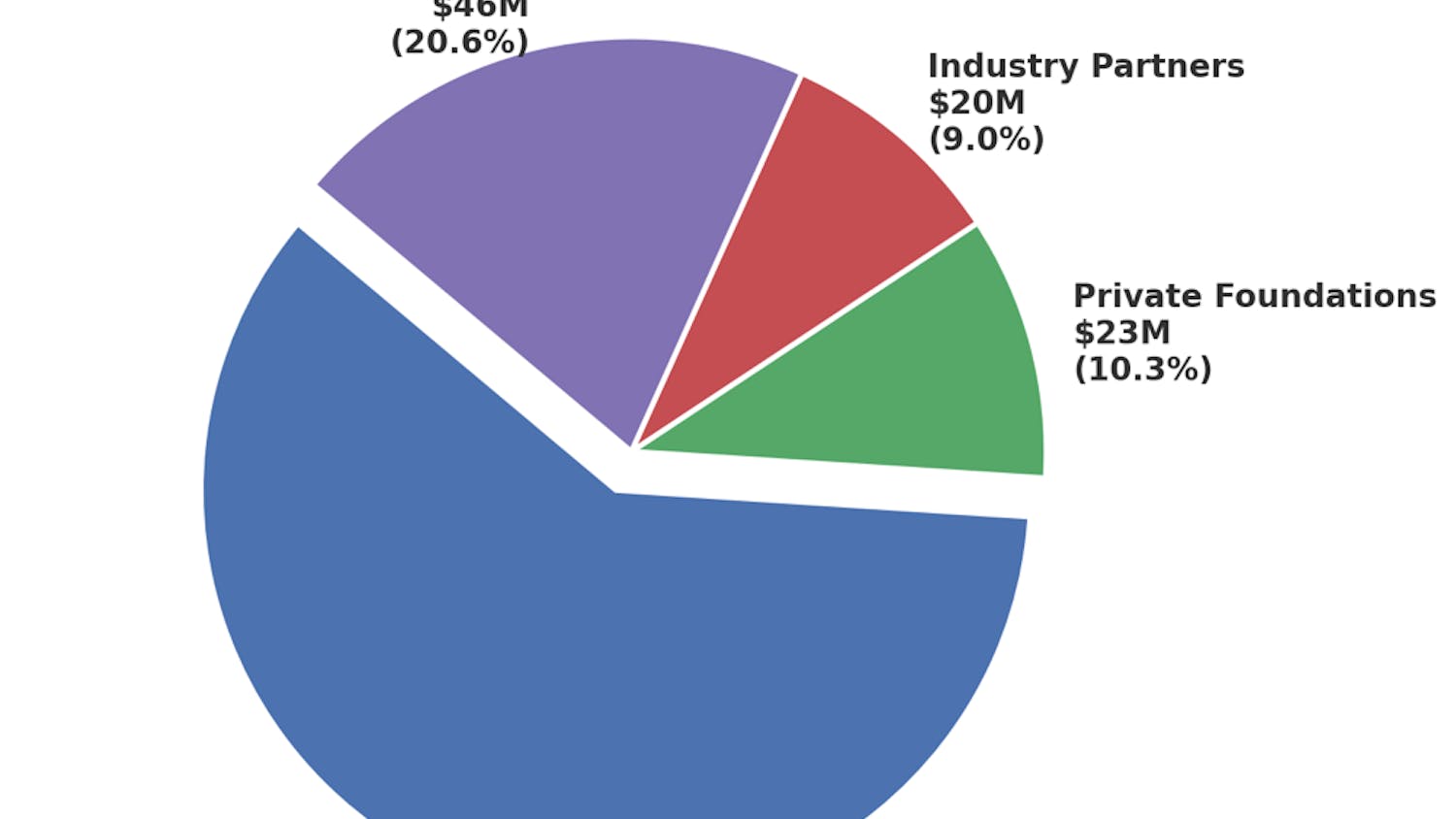Once upon a time in my high school days I encountered a meme entitled “The Engineering Flowchart.” Translated into prose, it basically asserts the following four propositions: first, if it moves, and it’s supposed to move, you have no problem. Second, if it doesn’t move, and it’s not supposed to move, you also have no problem. Third, if it moves, and it shouldn’t, duct tape. Fourth and finally, if it doesn’t move, and it’s supposed to, WD-40.
I think I was drawn to the Engineering Flowchart in high school for its humoristic simplicity. All the world’s problems solved with WD-40 and duct tape? Yes, please! And a flowchart featuring a mere two questions and four possible avenues down which to travel? All the better! But what if I told you that a key doctrine of administrative law has a flowchart that purports to be even simpler than the Engineering Flowchart to apply? Welcome to the wonderful world of Chevron. The case of Chevron v. Natural Resources Defense Council, decided in 1984, set out a deceptively simple principle of administrative law. In flowchart-esque terms: Is the statute ambiguous? If not, then courts should simply interpret the statute. If it is, then ask: is the relevant administrative agency’s construction of the statute reasonable? If so, follow that construction. If not, then don’t. Two questions, and three total avenues? What could be better?
But I did just state that Chevron set out a deceptively simple principle of administrative law. I don’t think it’s quite true that describing legal principles as simple is an inevitable oxymoron, but in Chevron as in most legal doctrines, the devil’s in the details. Interestingly, the debate over the Chevron doctrine has not always been on ideological lines. Modern commentators like to paint a narrative that more conservative jurists tend to want to overturn the doctrine (thinking it’s given too much fuel to the administrative state), while more liberal jurists see Chevron as a vehicle by which experts in administrative agencies can have their expertise more easily deferred to. But no legal narrative is so neat. Chevron itself was a unanimous decision, and while Justice Antonin Scalia was not on the Court at the time the case was decided, he quickly became one of that decision’s most ardent defenders.
Whether we’re willing to engage with the nuances of the debate over Chevron deference or not, one thing is certain: the doctrine itself is in significant peril. Two key cases that came before the Supreme Court last term were seen as possible avenues for the Court to overturn Chevron: American Healthcare Association v. Becerra and West Virginia v. EPA. The second of these decisions was one of the last cases the Court released back in June of this year, and its “major questions” doctrine, which says that Congress needs to legislate clearly if it wants to delegate the ability to construe major components of its statutes to administrative agencies, got significant media attention. But I think the case that will have more impact on how Chevron is applied in the courts in these years to come, even though it might not get as much credit for it, is the aforementioned AHA v. Becerra.
On its face, AHA doesn’t seem like the kind of groundbreaking decision I’m talking about. Justice Kavanaugh wrote the decision for a unanimous court, and the case dealt with how to calculate the formula for reimbursing prescription drug costs to hospitals participating in Medicare. But I think AHA is more important for what it didn’t do than what it did do. As SCOTUSblog commentator James Rommoser explained after AHA was released, “business groups and conservative legal organizations had urged the justices to use the case as a vehicle to overhaul — or even overturn — the 38-year-old doctrine known as Chevron deference.” However, the justices did no such thing, and perhaps most notably, they didn’t even cite Chevron in the resulting opinion! Instead, they relied on the “traditional tools of statutory interpretation” to conclude that the Department of Health and Human Services’ understanding of how the formula worked was incorrect, then instructed HHS to fix it accordingly. By using “traditional tools of statutory interpretation” before even determining whether the underlying statute was ambiguous or not, the result is that I get the feeling, yet to be corroborated, that the Court adopted a decision that walks like it doesn’t overturn Chevron, talks like it doesn’t overturn Chevron, but yet basically overturns Chevron.
My hunch about what the Court did in AHA may be flat-out wrong, but I don’t actually mean to prognosticate about how the Court is going to handle administrative deference in the years to come. Other people get paid far more than I do to write that kind of analysis, and they’re much better at it than I am. I write anyway, however, because of how these recent events have led me to reflect on two very different things pointing to the same fundamental truth. First, I thought of a classic clip from an episode of “Phineas and Ferb,” the animated series where every episode has the same plotline. As the main sideplot in this episode unfolded, as always featuring Perry the Platypus seeking to thwart Dr. Doofenshmirtz’s latest attempt to take over the tri-state area, hilarity ensued as Perry entered Doofenshmirtz Evil Inc. without Doof trapping Perry in his trap of the week. Instead, Perry “disguised” himself as a plumber to obtain entry into the building, then handed Doof a bill for having fixed the plumbing in a mere 15 seconds, resulting in a hilarious conversation: “What kind of a plumber are you?” Perry takes off his plumber hat: “A platypus plumber?” He puts on his Agent P hat: “Perry the Platypus Plumber?” It’s only when Perry ditches his plumber belt that Doof realizes the trouble he’s in: “PERRY THE PLATYPUS?!” Of course, one of the running gags of the series is Doof’s inability to recognize Agent P without his signature hat, but this exchange plays with the underlying trope to reveal just how incapable Doof is of recognizing what’s going on right in front of him.
We are all Doofenshmirtz at times. Sometimes we can be Doofs about things like recognizing that the Court’s overturned Chevron without overturning Chevron — though when all is said and done, if my hunch is wrong about that then I’ll have been the Doof. But other times we can be Doofs about matters of faith. Take for instance a principle that is at the core of our Catholic faith: the doctrine of transubstantiation. As Catholics, we believe that at each and every Mass, the bread and wine offered on the altar really and truly become the Body, Blood, Soul and Divinity of Jesus Christ. The stuff on the altar looks like bread and wine, smells like bread and wine and tastes like bread and wine, but the substance of it is not bread and wine. It’s Jesus, physically present before us every Sunday, and for those of us that go to daily Mass, every single day. But that doesn’t mean we recognize the real presence the way we should. We can be Doofs about this too: “What kind of bread is this? Regular bread? Bread and Jesus? JESUS INCARNATE?!”
So perhaps my advice for these weeks to come is simply this: Let’s pay more attention to what’s actually going on around us, so as to try to avoid having a Doof moment. Whether it’s Chevron or the Real Presence of Christ in the Eucharist, sometimes the chaos of our lives is made simpler if we only take a little bit of extra time to acknowledge those things that stare us in the face.
Devin Humphreys is a 3L at Notre Dame Law School. When he isn’t serving as the sacristan at the Law School Chapel or competing at a quiz bowl tournament, he’s sharing his thoughts on the legal developments of the day with anyone who will listen. For advice on law school, hot takes on Mass music and free scholarly publication ideas, reach out to Devin at dhumphr2@nd.edu.
The views expressed in this column are those of the author and not necessarily those of The Observer.









